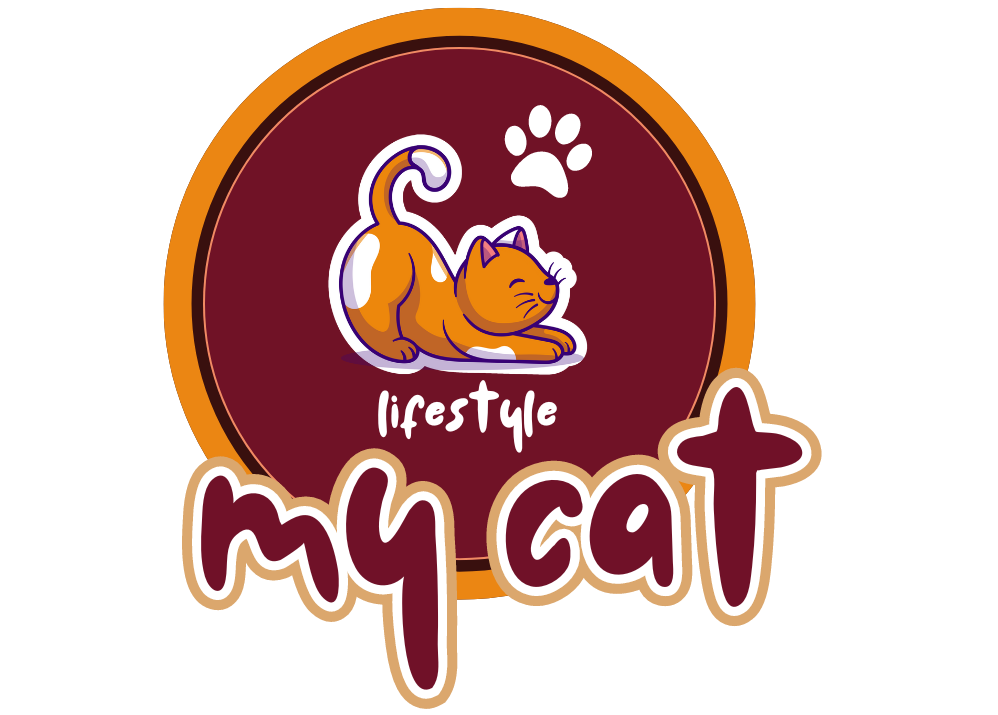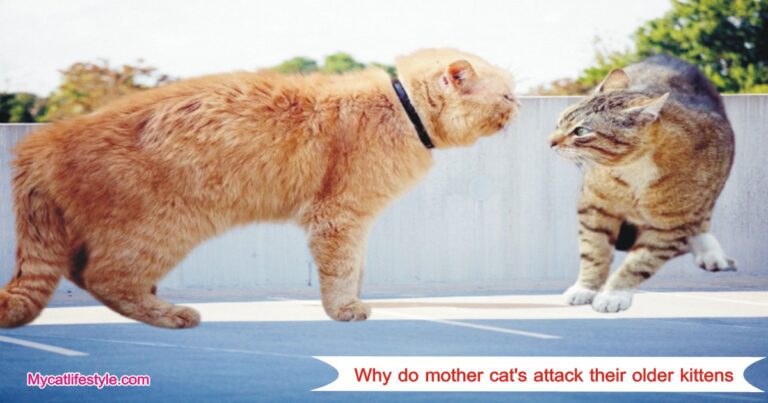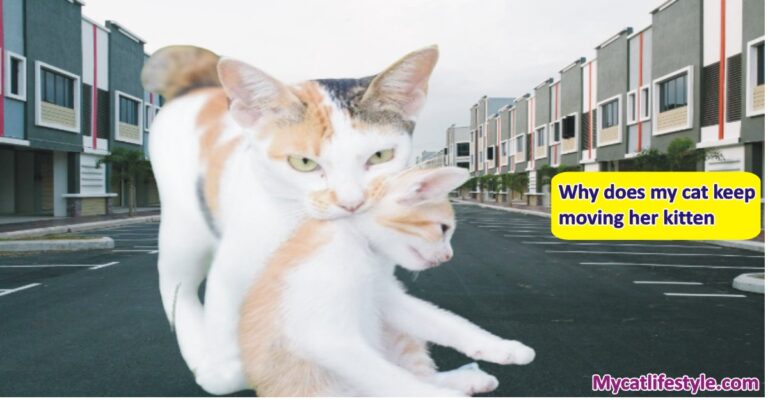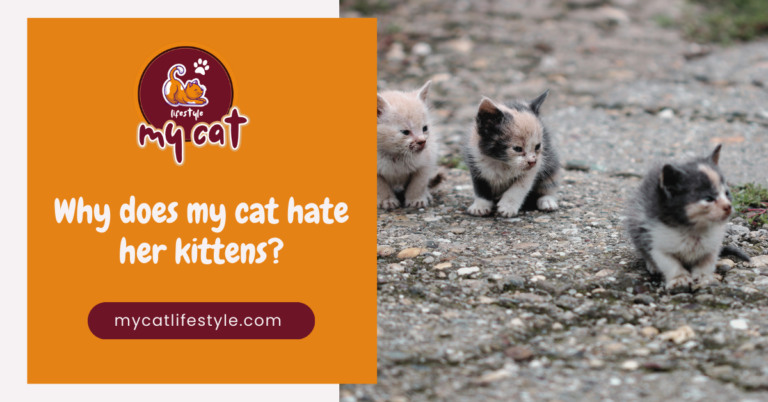The Cat’s Meow Isn’t Enough: Signs Your Cat Is Unhappy
Are you ever puzzled by your cat’s behavior, wondering if they are truly happy or secretly harboring feelings of unhappiness? As a cat guardian, deciphering their subtle cues can sometimes feel like solving a mystery. Contrary to the common misconception that cats are aloof and unfeeling creatures, the truth is that cats are extremely emotional beings. While their subtle facial expressions and body language can make it challenging to read their emotional state, it doesn’t mean they lack feelings. Many people overlook signs that may indicate their kitty isn’t feeling happy. This blog post will focus on the The Cat’s Meow Isn’t Enough: Signs Your Cat Is Unhappy.
Recognizing Avoidance Behaviors
Disappearing Acts
Have you noticed that your cat always seems to vanish whenever you’re around? While cats are known for their independent nature, even the most aloof felines usually appreciate some cuddle time or enjoy being in the presence of their owners from time to time. If your furry companion consistently maintains a distance from you or disappears whenever you enter the room, it could indicate that they’re intentionally avoiding you. Cats often scatter or hide when they feel unsafe or stressed, seeking refuge in secluded spots to alleviate their discomfort. Constantly finding your cat hiding away from you is a telling sign that they may not want to engage or interact with you.
Litter Box Issues
Have you noticed that your cat isn’t using their litter box as they should? If your cat has developed a habit of missing the litter box or eliminating in inappropriate places, it could be a sign of underlying issues. Anxiety, stress, or medical problems may all contribute to your cat’s reluctance to use their litter box. Additionally, a dirty litter box can deter cats from using it, leading to out-of-box elimination. Some cats may also dislike the type of litter used, prompting them to seek alternative places to relieve themselves.
To address this behavior, it’s crucial to identify and address potential sources of stress or discomfort. Ensure the litter box is clean and accessible, and consider trying different types of litter to find one that your cat prefers. Consulting with your veterinarian can also help rule out any medical issues contributing to your cat’s litter box problems.
Signs of Restlessness and Discomfort
Constant Vigilance
Have you noticed that your cat seems constantly on edge or unable to relax in your home? A cat who doesn’t appear calm or at ease may be signaling their unhappiness. Cats typically love to find cozy spots to snooze, unwind, and even expose their bellies—a sign of deep trust and comfort. If your cat friend chooses to sleep in your room or snuggle up next to you, it’s a strong indicator of the bond and trust they have in you. Conversely, if your cat seems constantly on alert or refuses to let their guard down, it could suggest they feel uncomfortable, nervous, or stressed in their surroundings.
Creating A Clam Environment
This restlessness in your cat may be due to various factors such as changes in the environment, the presence of other pets, or unfamiliar noises. Creating a calm and enriching environment for your cat, with plenty of hiding spots, vertical spaces, and soothing routines, can help alleviate their anxiety and promote a sense of security and relaxation.
Changes in Appetite and Grooming
Eating Habits
Have you noticed any changes in your cat’s eating habits? While cats typically have healthy appetites, a sudden refusal to eat or a diminished appetite could signal underlying issues. If your feline companion shows a lack of interest in food, it may indicate that they’re not feeling well or experiencing anxiety or stress. However, changes in your cat’s appetite could also be indicative of more serious health problems or illnesses.
To ensure your cat’s well-being, it’s essential to monitor their eating habits closely. If your cat isn’t eating as usual or shows signs of disinterest in food, it’s crucial to seek veterinary attention promptly. A veterinarian can conduct a thorough examination to identify any underlying medical conditions and provide appropriate treatment to address your cat’s appetite changes.
POOR COAT APPEARANCE
DISHEVELED OR UNEVEN COAT
Have you noticed any changes in your cat’s coat appearance? Cats are known for their meticulous grooming habits, and a shiny, clean coat typically indicates good health and well-being. However, if your cat’s coat starts to look uneven or disheveled, it could be a sign that they’re experiencing emotional or environmental stress. An unhappy cat may neglect their grooming routine, leading to a decline in coat appearance.
NEGLECTING GROOMING ROUTINE
If you observe that your kitty isn’t keeping up with their grooming habits as usual, it’s essential to consult your veterinarian. Changes in your cat’s coat appearance could be indicative of an underlying health issue that requires attention and proper diagnosis.
HIDING BEHAVIOR
OCCASIONAL HIDING VS. PERSISTENT HIDING
Have you noticed that your cats are always hiding? While it’s natural for cats to seek out hiding spots occasionally, persistent hiding could indicate that they’re feeling fearful or unhappy in their environment. Cats may hide if they’re unfamiliar with their surroundings or if they’re new to your family. In such cases, providing your cats with their own personal space can help them relax and adjust.
SUDDEN OR UNUSUAL HIDING
However, if your cat suddenly starts hiding and this behavior is out of character, it could be a sign of an underlying health issue. Sick cats often hide to avoid potential predators who might take advantage of their weakened state. Therefore, if you observe prolonged or unusual hiding behavior in your cat, it’s essential to monitor them closely and consider consulting a veterinarian to rule out any health concerns.
TAIL POSITION
LOWERED OR THUMPING TAIL
Have you ever noticed your cat’s tail in a lowered position? Cats communicate a lot through their tail movements, revealing their emotional state. When a cat is feeling happy and content, you’ll often see their tail held upright or in a gentle question mark shape. This indicates your cat is in a good mood and ready to engage with you. On the other hand, a lowered tail, a tail that thumps, or ears held back suggest your cat is feeling fearful, aggressive, or anxious. These are clear signs that your cat may not be happy in their environment or may not feel entirely comfortable around you.
INTERCAT AGGRESSION
HISSING, SWATTING, FIGHTING
Have you observed your cats engaging in frequent fights with each other? While some cats thrive in multi-cat households, others may prefer solitude. If your cats are constantly at odds with one another, it could indicate that they’re struggling to share space harmoniously. Intercat aggression can manifest in various forms, from hissing and swatting to full-blown fights. This cat behavior may stem from territorial disputes, competition for resources, or personality clashes among the cats.
POSITIVE INTERACTIONS AND ADDRESSING
AGGRESSION
On the flip side, a content and well-adjusted cat will exhibit positive behaviors when interacting with their feline housemates. Happy cats may sleep, play, and groom together, fostering a sense of companionship and harmony in the household. To address intercat aggression, provide ample resources such as food, water, litter boxes, and resting areas to minimize competition. Additionally, consider implementing behavior modification techniques and providing enrichment activities to promote positive interactions among your cats.
STARING BEHAVIOR
INTENSE STARE WITH FEARFUL BODY LANGUAGE
Have you ever felt like your cat is staring you down? While a cat’s intense gaze can convey various emotions, from love and curiosity to anger or fear, it’s essential to interpret their body language to understand their true feelings. If your cat stares directly into your eyes while crouched down with their tail tucked under their body or while hiding, it may indicate fear or anxiety. Watch out for other signs of distress, such as flattened ears, a stiff body, or an agitated tail swishing back and forth. In such cases, your cat may be signaling that they need some space and time to calm down.
SLOW BLINKS AND EYE CONTACT
On the other hand, eye contact with your cat accompanied by slow blinks is often considered a sign of love and trust. Cats may engage in this behavior as a way to communicate affection and comfort. So, if your cat gives you plenty of slow blinks, it’s a positive indicator of their bond with you.
DESTRUCTIVE BEHAVIOR
CLAWING FURNITURE, KNOCKING OVER OBJECTS
Have you noticed your cat engaging in destructive actions lately? Destructive behavior such as clawing furniture or knocking over objects is a common indicator of unhappiness in cats. Cats are intelligent creatures with natural instincts for play and exploration. However, when cats lack companionship or stimulation, they may resort to destructive behaviors as a way to release pent-up energy or alleviate boredom. Lonely cats, especially those experiencing separation anxiety, may exhibit destructive tendencies as a coping mechanism for stress.
PROVIDING ENRICHMENT
Providing your cat with ample love, attention, and interactive playtime can help prevent or mitigate destructive behaviors. Additionally, offering enriching toys, scratching posts, and environmental stimulation can keep your cat mentally and physically engaged, promoting their overall well-being and happiness.
EXCESSIVE VOCALIZATION
CHANGES TRIGGERING VOCALIZATION
Have you noticed your cat becoming more vocal than usual? Cats experiencing stress may resort to excessive vocalization as a way to express their discomfort. Changes in the household, such as the arrival of a new pet, a baby, or a move, can all trigger stress in cats, leading them to become more talkative.
CRYING FOR ATTENTION OR COMPANIONSHIP
However, excessive vocalization could also indicate that your cat is feeling lonely. A lonely cat may wander around the house, meowing and yelling in search of companionship. If your cat constantly meows at you, especially when they’re not hungry, it may be a cry for attention. Your cat could be telling you that they’re feeling isolated or bored. To address this, make sure to provide your cat with the love and attention they need. Spend quality time with your cat, engage in interactive play, and create a stimulating environment to keep them mentally and emotionally fulfilled.
OVER GROOMING AND HAIR LOSS
COMPULSIVE LICKING AND BALD PATCHES
Have you noticed your cat excessively grooming themselves to the point of baldness in certain areas? This behavior, known as overgrooming or psychogenic alopecia, is often a sign of underlying stress or anxiety. Similar to how humans may bite their nails as a stress relief mechanism, anxious cats may compulsively lick themselves, leading to sores and hair loss.
RULING OUT MEDICAL CAUSES
If your cat is coughing up hairballs frequently, experiencing excessive shedding, or developing bald patches, it could indicate they are struggling with boredom, loneliness, or depression. However, it’s crucial to consider other potential causes of overgrooming, such as skin allergies, parasites, or fleas. Consulting with your veterinarian can help rule out any underlying health issues and provide appropriate treatment for your cat if necessary.
ADDRESSING ROOT CAUSES
Additionally, addressing the root cause of your cat’s stress or anxiety through environmental enrichment, interactive play, and companionship can help alleviate their overgrooming behavior and promote their overall well-being.
HISSING OR GROWLING
EXPRESSING AGITATION, FEAR, PAIN, OR ANXIETY
Have you ever heard your cat hiss or growl? These vocalizations often indicate negative emotions or discomfort. When a cat hisses or growls, it’s their way of expressing agitation, fear, pain, or anxiety. Cats may perceive a threat or feel overwhelmed by their environment, prompting them to vocalize defensively.
OBSERVING BODY LANGUAGE
If your cat displays sudden behavioral changes accompanied by hissing or growling, it’s essential to pay attention to their well-being. These vocalizations may be indicative of underlying sadness or illness. Observing your cat’s body language and overall behavior can provide valuable insights into their emotional state and help you determine if they need veterinary attention or additional support.
SEEKING PROFESSIONAL HELP
CONSULTING A VETERINARIAN
While cats may not express themselves as openly as other pets, they often communicate their emotions through subtle cues. If you observe signs like avoidance behavior or excessive vocalization, it’s important to understand that your cat may be feeling stressed or unhappy. Seeking professional help from a veterinarian can help rule out medical issues and provide guidance on addressing your cat’s emotional distress.
SEEKING ADVICE FROM BEHAVIORISTS
Additionally, consulting with cat behaviorists can offer valuable insight into addressing behavioral concerns and promoting a happier, healthier environment for your feline friend.
CONCLUSION
Observing and understanding the unmistakable signs when your cat is unhappy can help you attend to their emotional well-being more effectively. By recognizing behaviors such as avoidance, changes in appetite, poor coat appearance, persistent hiding, and excessive vocalization, you can take proactive steps to ensure your cat leads a contented and fulfilling life. Remember, your cat’s overall health and happiness largely depend on the environment you create for them, so providing a loving, stimulating, and secure space is essential. If you notice any concerning behaviors, don’t hesitate to seek professional help for a thorough evaluation and appropriate treatment.





